This is going to get complicated, so stay with me here, ‘kay?
Fairies, spelled F-A-I-R-I-E-S, are little spirits of some kind. By all means they should not exist, yet they do. You know how bees shouldn’t be able to fly according to the law of aerodynamics, but they do, anyway?
A fairy exists like bees.
They live to spite the laws of the known universe.
In old times, fairies were the spirits of individual flowers, trees, streams, rocks, etc. Not every flower had its own fairy counterpart, but every fairy had a link to a flower or whatever else. Thus, for the longest time, people thought that these creatures were nature spirits, so when humans started getting into their industrial phase, fairies were expected to be a casualty of the new age.
Instead, industrial fairies started appearing. Little spirits made of soot and coal, or even clockwork mechanical parts. Again, no one knew exactly what they were or how they worked—just that they did.
Before humanity became murderously magiphobic, shops would often sell gems thought to be either inhabited by or linked to a fairy. Some nice benefits came with these trinkets. Using magic without a medium requires me to use my own body as the medium, which in turn tires me out. Staffs could be used more frequently but would eventually break from the stress.
On the other hand, staffs with fairy gems were incredibly durable. I could cast high level enchantments that withstood many forms of dangerous magic—siren songs against ships as an example—all without running out of stamina, so long as I used a staff with a fairy gem. Even for regular humans, fairy gems could be useful, such as making housing materials more durable against storms.
Of course, fairies could also do things like increase what they were protecting against. Did you buy that coat because it keeps you nice and dry? Expect to get rained on more often. Have a fairy stone that maximizes enchantments? Hope you like the random chance that an even stronger backfire occurs. Fairies are very arbitrary, even now.
Yes, even in or modern world, we have fairies. They’re still around, doing weird fairy things no one can explain.
“But I’ve never seen a fairy!” cries the already disheartened reader.
Have you ever seen a random flash in the corner of your eye or a movement that you felt, but when you turned to find it, there was nothing? Or maybe you’re trying to print something for a class, but right as you’re desperately trying to get it done, the damn thing jams up. How is it that it could sense your anxiety?
That’s a fairy.
They had forms back in the old times but have decided to keep it low key in the modern era. In medieval times, they took the form of tiny winged people, with their color and texture resonating with whatever object they were linked to. In the industrial era, they looked like balls of soot and coal. In the modern day, fairies are what you would call the “ghost in the machine.” They don’t manifest physically on the outside anymore, but instead act as unexplained quirks in technology.
How does the internet find that song you’re looking for when you only know three words to it? Fairies.
Why do you keep losing a sock every time you do the laundry? Fairies.
Why do people call you the devil’s spawn for being left-handed? Faeries.
Now here’s the fun bit.
Faeries, spelled F-A-E-R-I-E-S, was a blanket term used to describe all the other monsters lurking in the woods, specifically small, pale, emaciated, bony creatures who had a habit of kidnapping human children. Faeries had rather unique tastes as well as a unique parenting method. They would kidnap a human child and replace that child with one of their own kin. Think the cuckoo bird, but with more blood. After kidnapping the human child, faerie adults would disembowel them and eat the innards, use the skin for their clothes, bones for charms, and a host of other beautifully gruesome things.
What about the faerie child?
Faerie children, before the switch, could mimic the form of the chosen victim. Everything was a complete deception. Voice, hair, gender, body—everything. The only difference were the hands. Faeries were a left-handed species. Humans were mostly right-handed.
Now, of course, there were obviously humans who wrote with their left hand. That much is true. It’s just that many more used their right, and as such considered normal. Combined with the threat of your child being kidnapped and replaced with a monstrous replica, parents were stuck with a sadistic choice. They could:
A) Believe that their left-handed child is indeed their child to be raised with loving care.
B) Believe that the child is a faerie impostor and beat them to death.
Guess which one most uneducated, fearful parents went with?
Even after murdering your (maybe) child became a bit of a bad thing to do, left-handed people, like sorcies, were still ostracized. Teachers would whip a student’s left hand if they used it. Left-handed people were mistrusted and thought to be devil worshipers. They were automatically the least favorite child, and desks were almost always suited for right-handed people, so they had to fight with their fellow lefties over the one left-handed desk.
The most interesting thing about faeries is also the reason for their extinction: They had no way to get their children back. The faerie child could grow up in the human household believing that they were human and go on to have human children (albeit with a little bit of beastly blood), live long lives, and die without ever knowing of their true origins.
The ones who found out and accepted their monster heritage would transform back into their original forms and the cycle would, theoretically, continue. It didn’t.
Between the faerie (and human) children being beaten to death, or simply not returning to their parents, the whole race just… died out.
So remember, children. If you want society to care about you, make sure you conform to every standard. Or else.

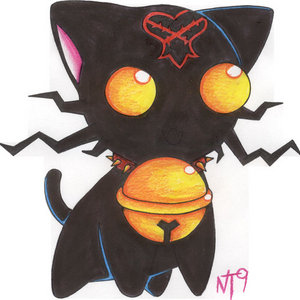

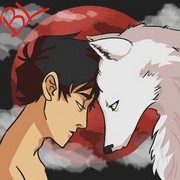


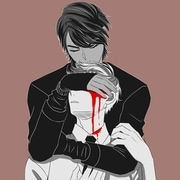

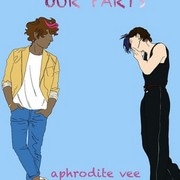

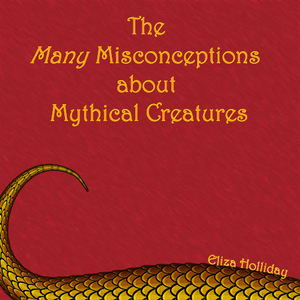
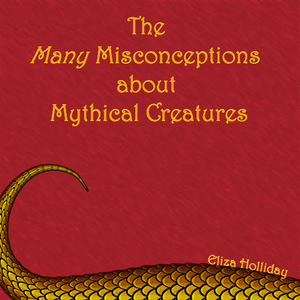
Comments (1)
See all